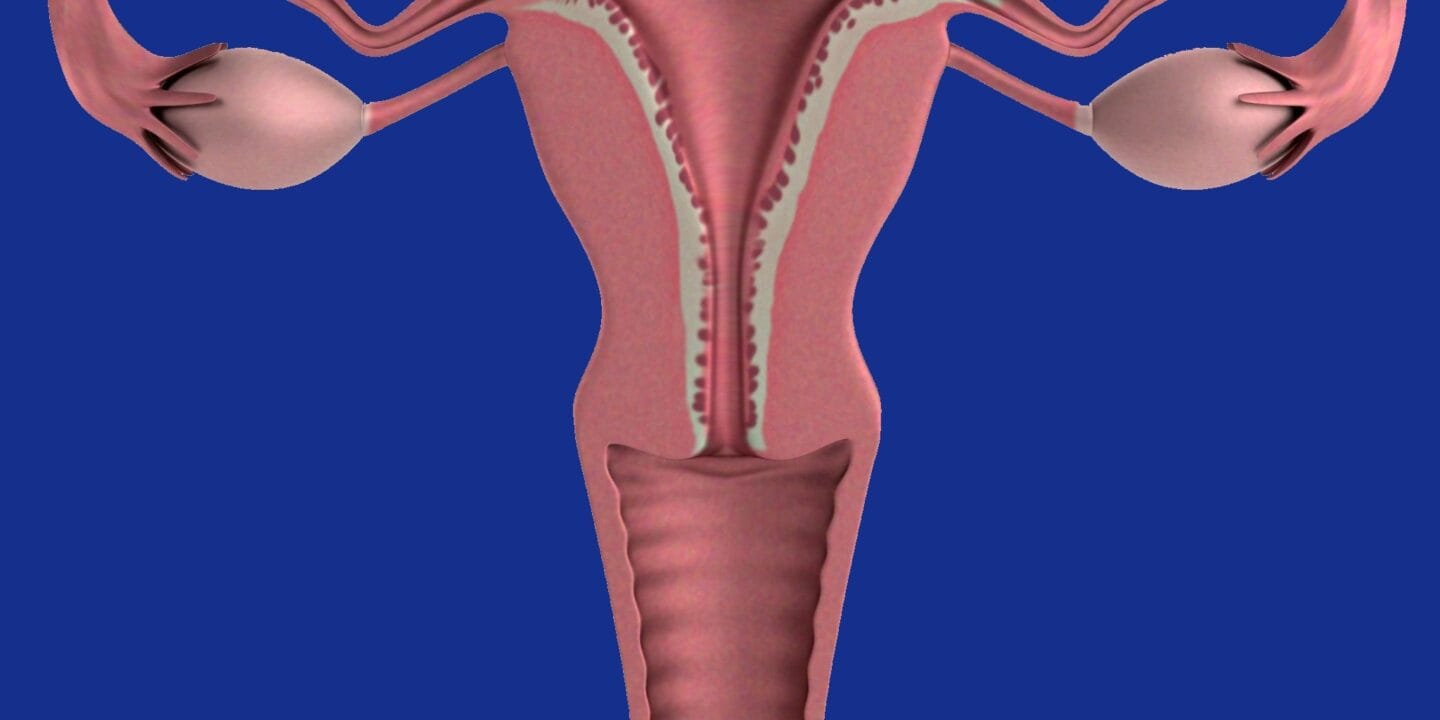- Home
- GYNECOLOGY/OBSTETRICS
- Adenomyosis

Adenomyosis is the uterine glandular and stromal tissue growth in the uterine musculature—the ectopic tissue results in uterine enlargement to almost three times its size.
Prevalence
-It is common in women aged between 35 to 50 years.
-Higher parity increases the risk of adenomyosis
-It tends to occur with other comorbid conditions such as endometriosis and uterine leiomyomas
Signs and symptoms
The symptoms may resolve after menopause.
- Heavy menstrual flow
- Dysmenorrhea
- Diffuse pelvis pain
- Pressure symptoms- increased urinary frequency and painful defecation
- Dyspareunia
- Anemia- due to increased blood loss during menses
Diagnosis
Clinical evaluation( pelvic exam) and relevant history of the patient
Imaging
- Pelvic Ultrsonoghraphy- transvaginal
- MRI- visualize the extent of the implantation
- Histological studies of biopsy after hysterectomy- definitive diagnosis
Differential diagnoses
- Dysmenorrhea
- Endometriosis
- Endometrial polyps
- Endometrial carcinoma
Treatment
Surpotive –Analgesics eg NSAIDs
Surgical removal in severe cases-hysterectomy
Hormonal therapy, e.g., oral contraceptives- low success rate












